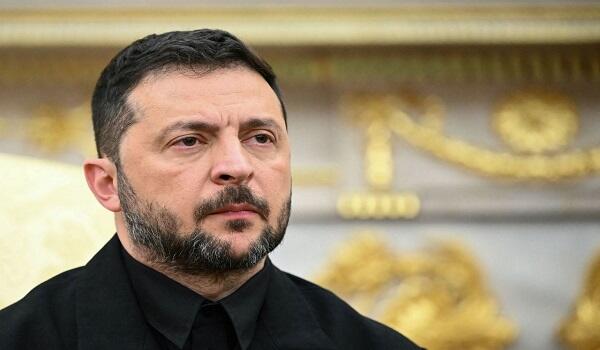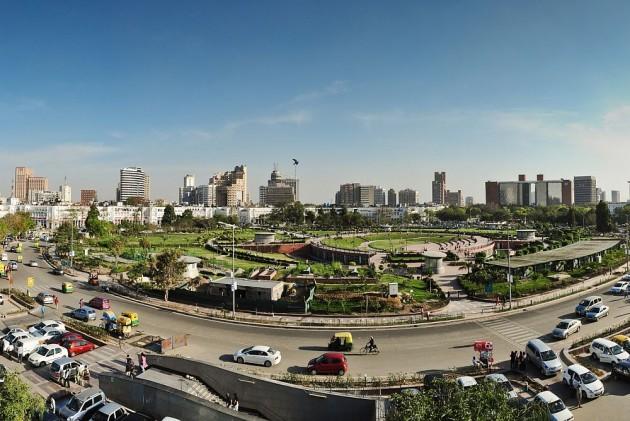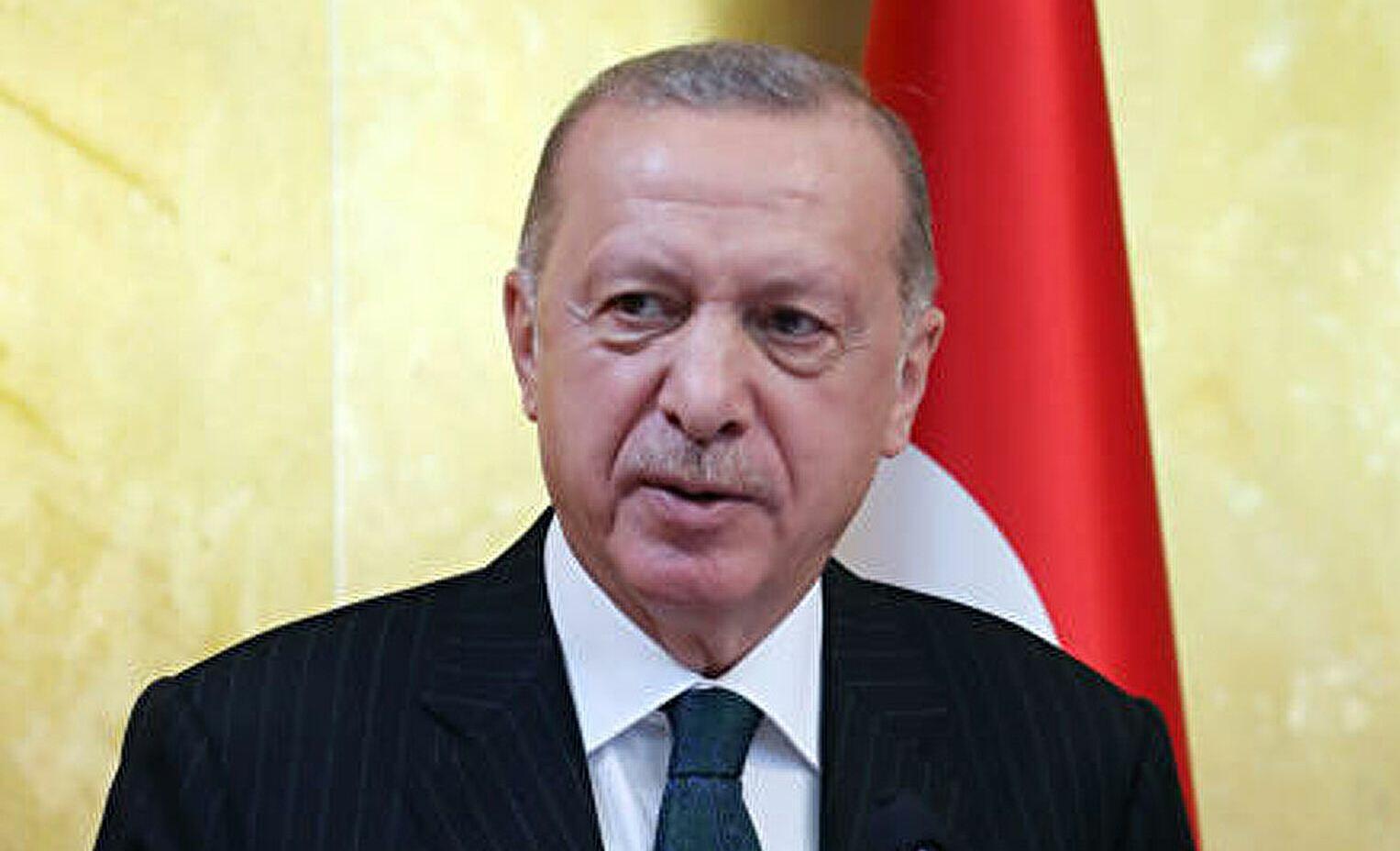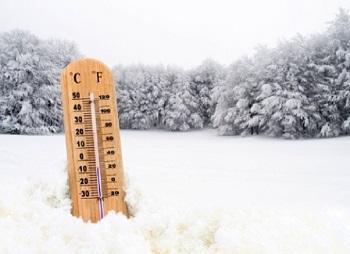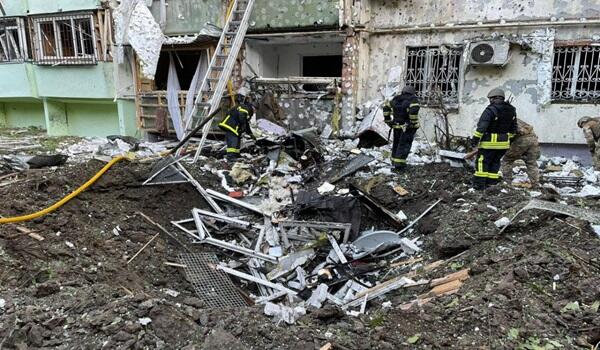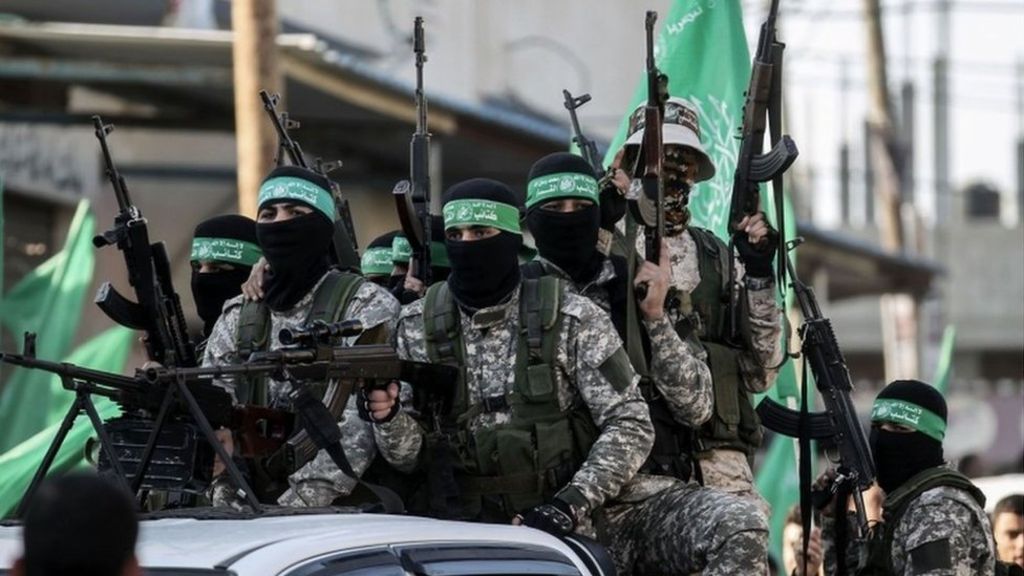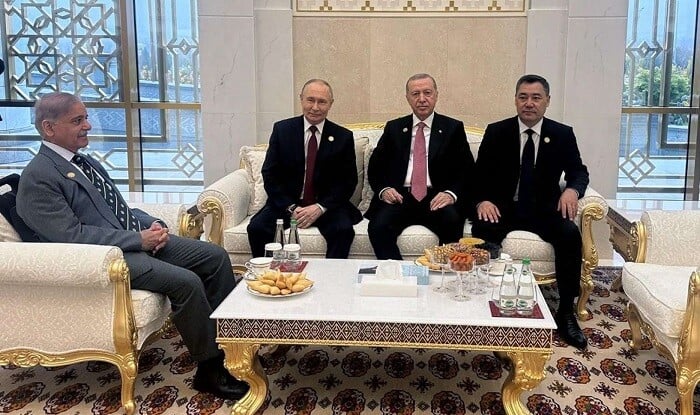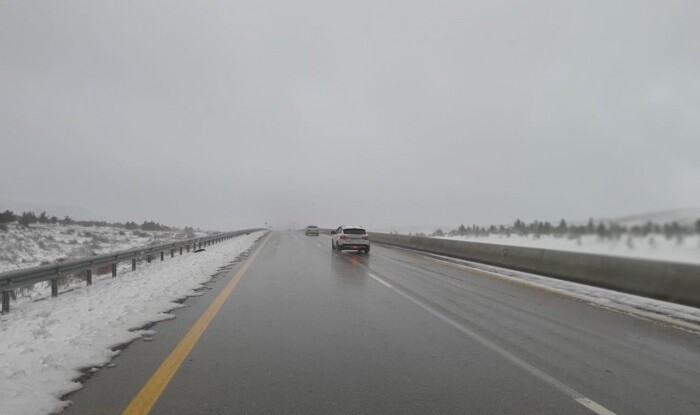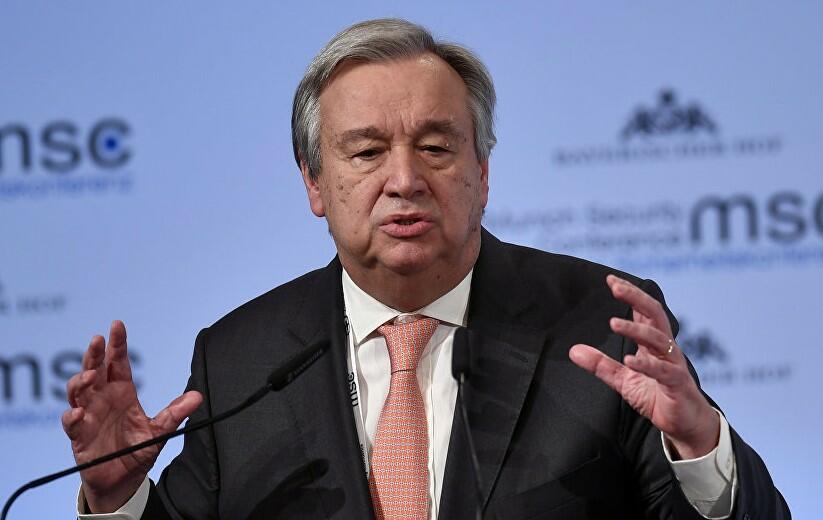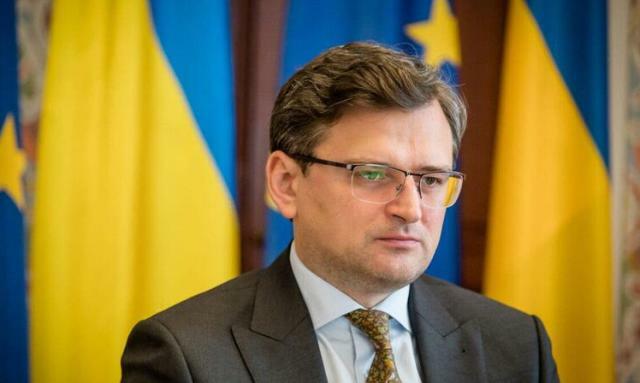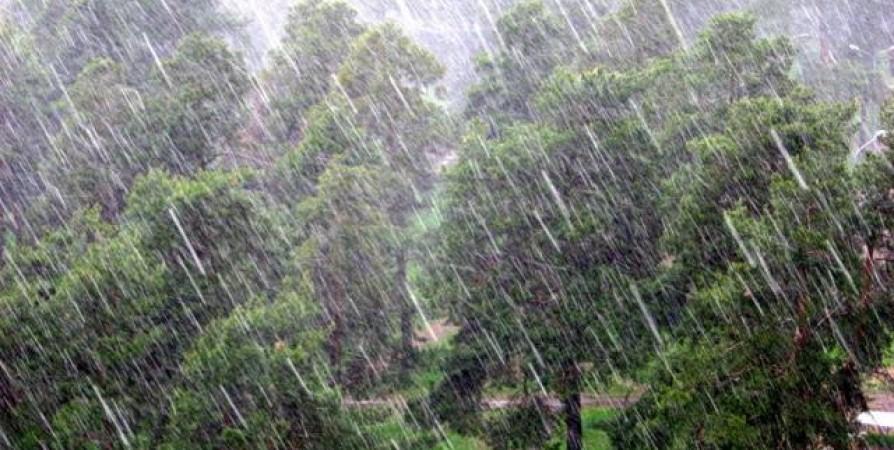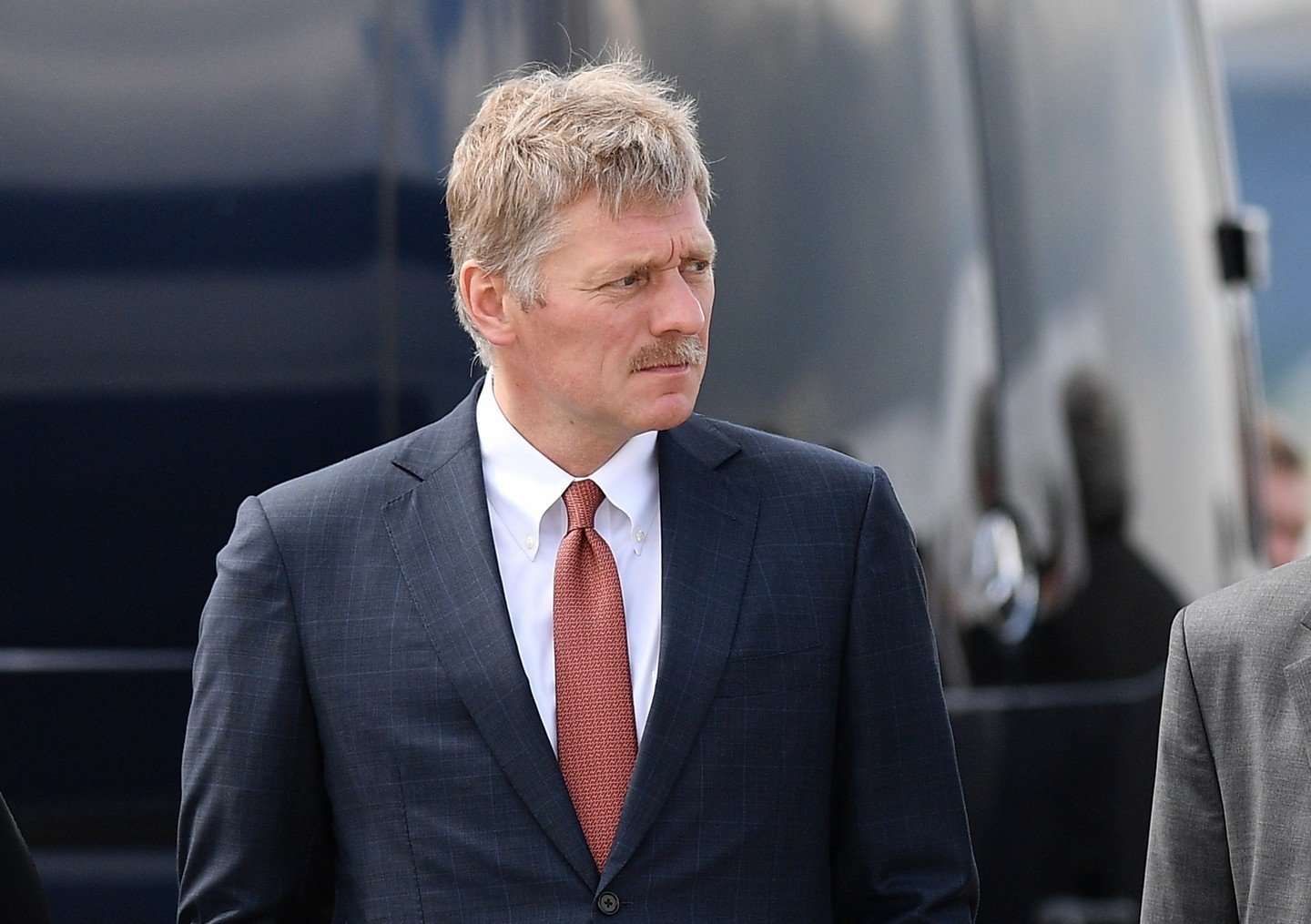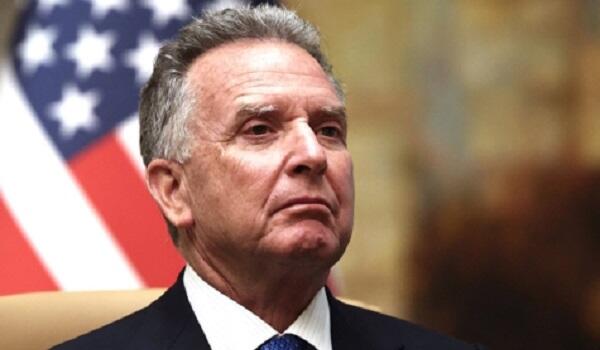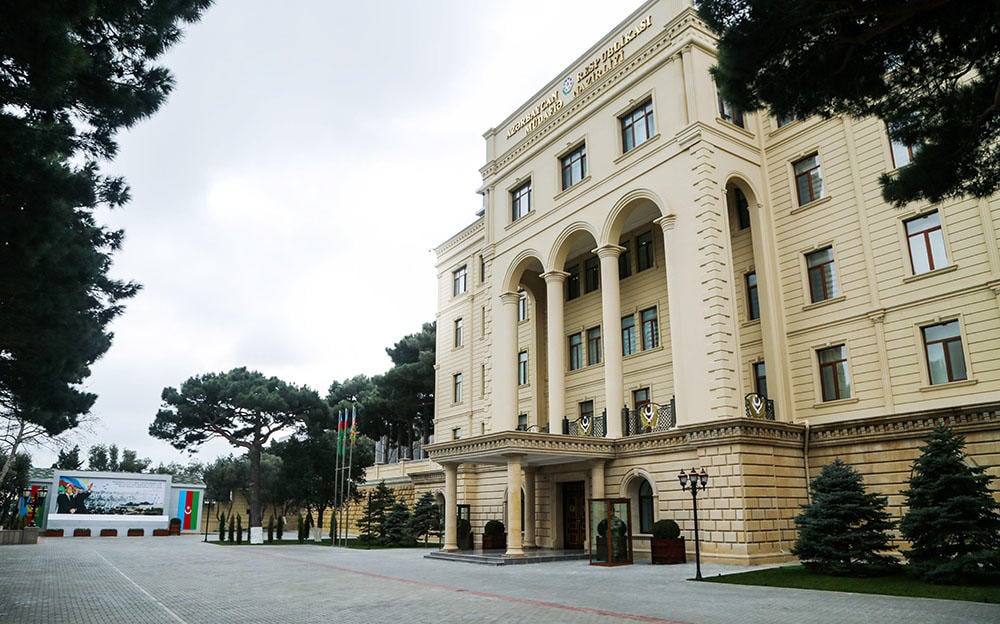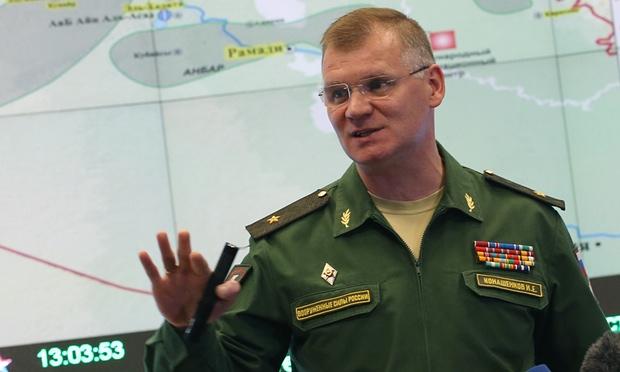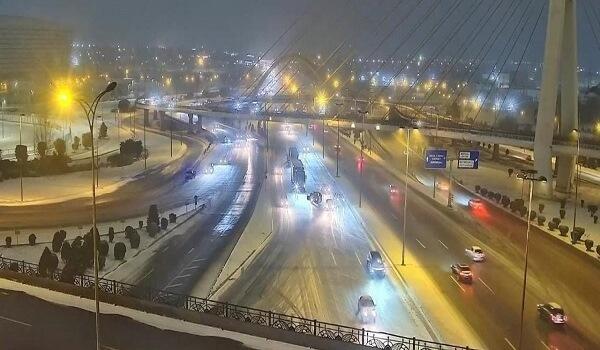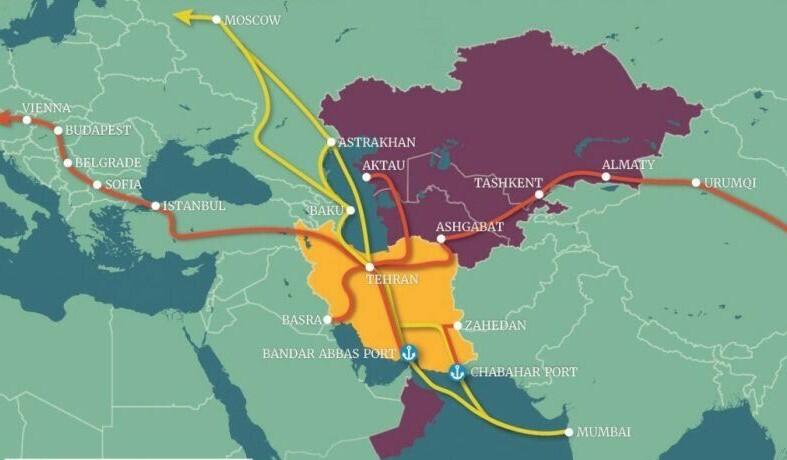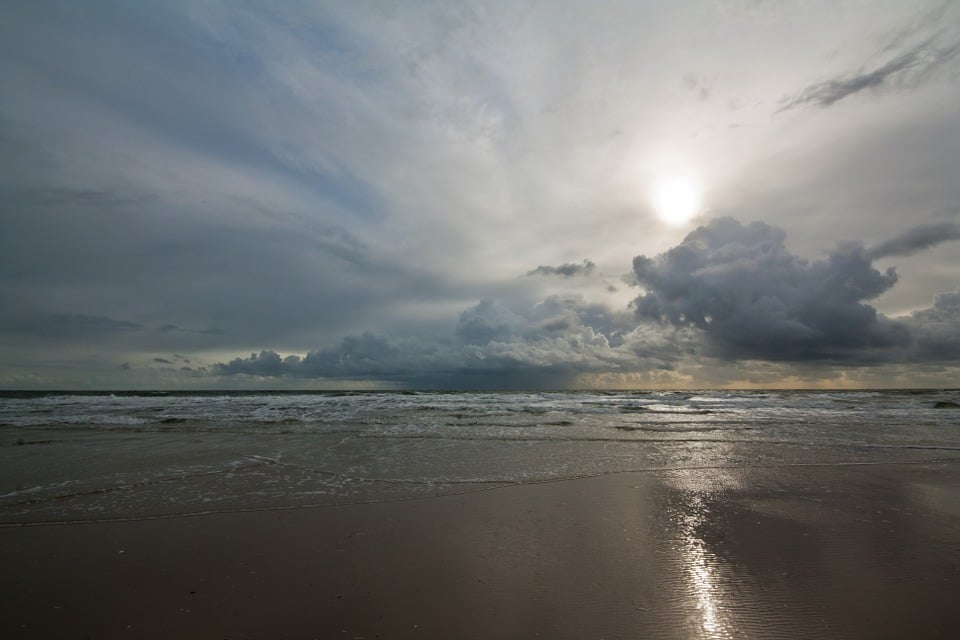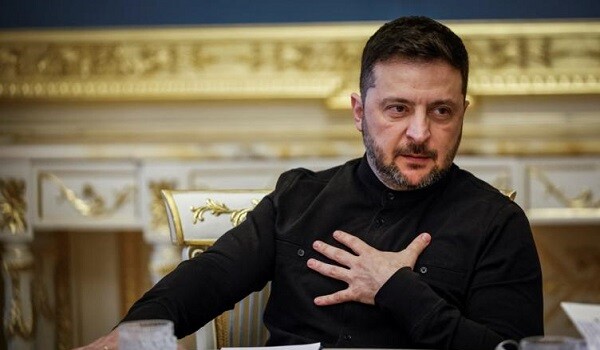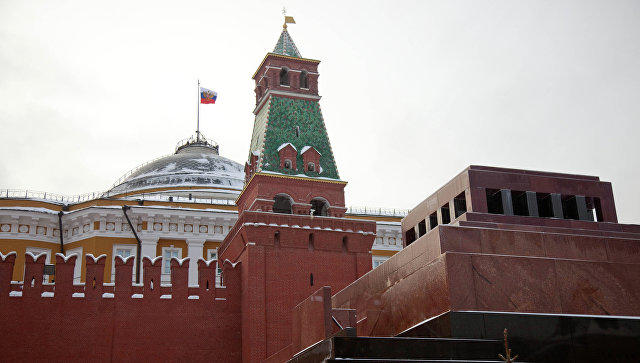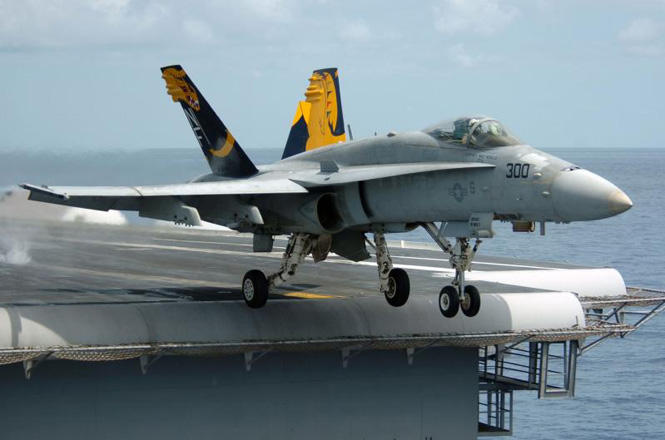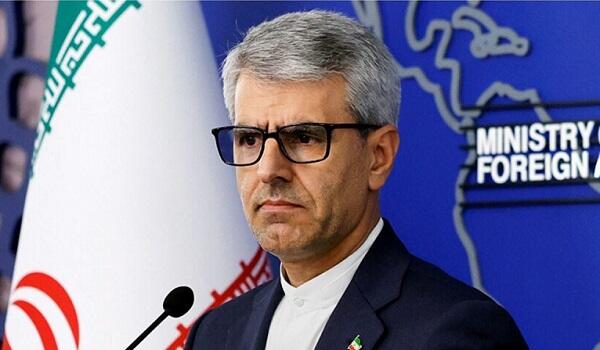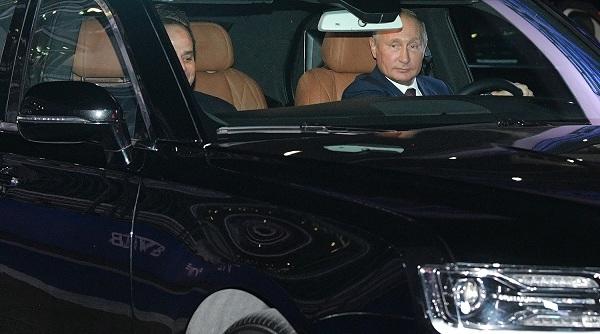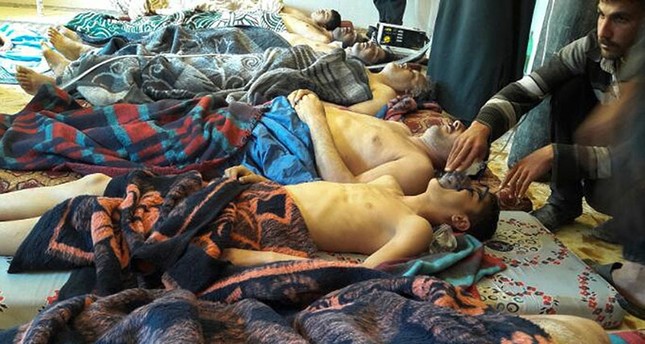Syrian regime have used chemical weapons more than two dozen times during the country's civil war, U.N.-mandated war crimes investigators said Wednesday, adding that they have solid evidence a Russian-built plane used by Bashar Assad's air force conducted a sarin-gas attack in the spring that killed at least 83 civilians and sparked a retaliatory U.S. strike.
Axar.az reports citing Daily Sabah.
In the most conclusive findings to date from investigations into chemical weapons attacks during the conflict, the U.N. Commission of Inquiry on Syria said a government warplane dropped sarin on Khan Sheikhoun in Idlib province in April, killing more than 80 civilians.
"Government forces continued the pattern of using chemical weapons against civilians in opposition-held areas. In the gravest incident, the Syrian air force used sarin in Khan Sheikhoun, Idlib, killing dozens, the majority of whom were women and children," the report said, declaring it a war crime.
The attack was previously identified as containing sarin, an odourless nerve agent. But that conclusion, reached by a fact-finding mission of the Organization for the Prohibition of Chemical Weapons (OPCW), did not say who carried it out.
In their 14th report since 2011, U.N. investigators said they had in all documented 33 chemical weapons attacks to date.
Twenty seven were by forces of the regime, including seven between March 1 to July 7. Perpetrators had not been identified yet in six early attacks, they said.
The Assad regime has repeatedly denied using chemical weapons. It said that its strikes in Khan Sheikhoun hit a weapons depot belonging to opposition forces, a claim dismissed by the U.N. investigators.
On April 7, the U.S. launched a punitive strike on Shayrat Air Base, where the report says the Sukhoi-22 plane took off. About 60 U.S. Tomahawk missiles, fired from warships in the Mediterranean Sea, targeted the air base in the first direct American assault on the Assad regime.
A separate joint inquiry by the U.N. and OPCW aims to report by October on who was to blame for Khan Sheikhoun.
The U.N. investigators interviewed 43 witnesses, victims, and first responders linked to the attack. Satellite imagery, photos of bomb remnants and early warning reports were used.


